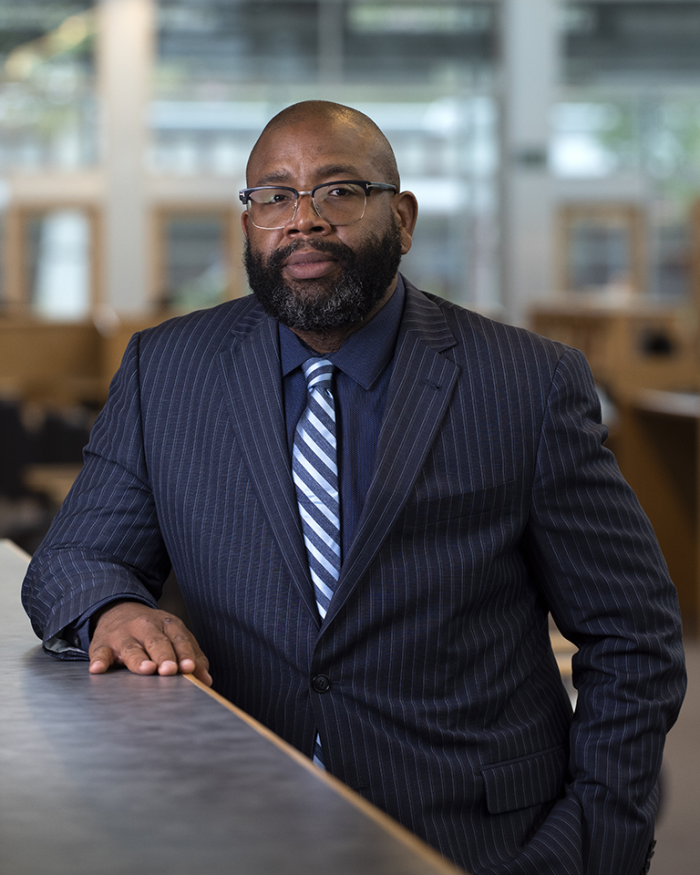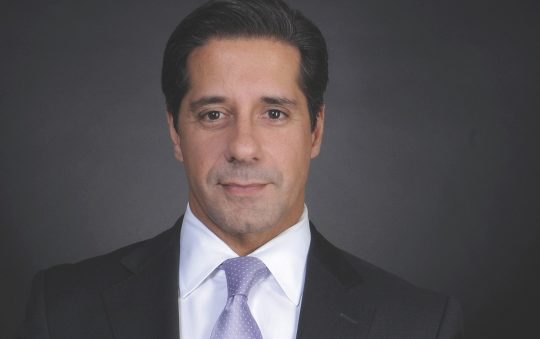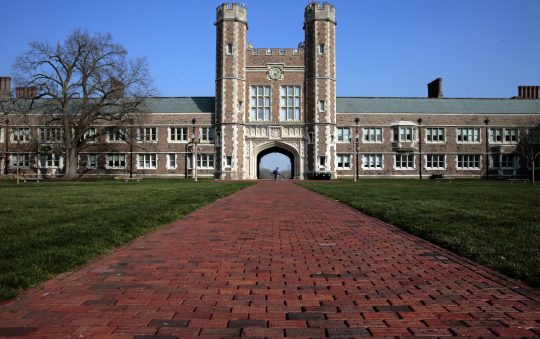
Textbooks cost too much. Can you remember being surprised at the high price tag on the books you needed during your college days? I am tired of textbook publishers taking advantage of college students. I am not sorry about making this public statement, but I will apologize to students, particularly Black students, for not doing more to make books and materials more affordable. Now’s the time to tackle the high cost of textbooks, to ensure that higher education is affordable and accessible. As president/chief executive officer of Compton College, I take this issue personally. It is an essential part of my job to find and implement solutions that ensure all students who wish to attend college are able to do so. The cost of attending college has steadily increased in recent years, making higher education unaffordable for many people, especially for Black students. We can see the struggle of this student group in data, with Compton College Black students outpacing other community college students in housing and food insecurity by up to nearly 15%. And the profound impact of COVID-19 in Los Angeles County created additional challenges.
Even before the COVID-19 pandemic upended so many lives, students were struggling to pay school fees in addition to covering the cost of books, computers/technology, and living expenses. This final article of my “Unapologetically Fighting for Black Student Success” series will discuss the true cost of attending college and how we are working to lower those costs while removing the barriers that keep students from reaching their goals.
The Total Cost of Attending College
Education should not be considered a privilege; it is a right. I know many current students who are willing to make the investment in themselves and pursue their education, but the price keeps it out of reach. On top of academic costs (fees, books, computers, and supplies) students are responsible for other expenses such as transportation, food, and housing. Many students must make difficult choices every day – sometimes skipping meals – in order to pay for their education. Then the COVID-19 pandemic exposed a lack of accessible educational resources, and students who were not prepared for online classes were left at home, struggling alone. At Compton College, we are actively addressing these obstacles through several initiatives, such as a collegewide laptop loan program and by delivering meals to students’ homes.
We also support students through the Compton College Oliver W. Conner Promise Program, which gives eligible high school graduates two years of enrollment fee waivers and access to a support system to help them through the enrollment process and all the way to graduation. Many students in this important program are the first in their family to attend college so they are taking a big, bold step toward changing their lives while building a strong and lasting college-going culture in their families and communities.
The Rising Cost of Textbooks
The Compton College Oliver W. Conner Promise Program also provides up to $400 per year for textbooks and course materials and supplies. This is an important part of the program because the exorbitantly high cost of textbooks adds to the financial obligations of attending college. For some students, this is what keeps them from attending classes. These required costs particularly affect low-income, underrepresented minority groups, including Black students. It makes sense that textbook cost reductions can support equity goals, but how is that done? I am honored to partner with the Michelson 20MM Foundation to solve this problem. Founded by Dr. Gary K. Michelson and Alya Michelson, the Michelson 20MM Foundation is a leader in ensuring equitable college opportunities that lead to meaningful careers, which aligns with Compton College’s mission. For the last decade, Michelson 20MM has advocated for the adoption of open educational resources (OER) as a way to dramatically improve access and equity in higher education by offering materials freely and legally through open licensing for instructors and students to use, adapt, share, and reuse. As a result, we can lower educational costs that can serve as a barrier to entry, particularly for students of color. Research from Achieving the Dream found that 17% of underrepresented minority students indicated that the cost of educational materials forced them to drop courses. Research also shows that 52% of underrepresented minorities say that OER courses will have a significant impact on their ability to afford college. Accessing books and other materials digitally can be a real game changer, with additional research showing improved grades as well.
In 2010, Michelson 20MM seeded the largest nonprofit open educational resources publisher, OpenStax. This year alone, over 4 million students across our nation’s institutions of higher education will benefit from using OpenStax, a library that has grown to include 42 textbooks and produced over $1.2 billion in student savings. California’s community colleges are amongst its benefactors, thanks to incredible faculty who have taken the initiative to revise their curriculum and replace costly textbooks with free materials. Every dollar invested in OpenStax has produced over $14 in student savings.
“We’ve long been a proponent of OER as free, open materials bring down the cost of education and improve the classroom experience for both students and instructors,” Phil Kim, Chief executive officer, Michelson 20MM. “Studies have shown that OER has significantly improved end-of-course grades for students, particularly for minority students who experience nearly twice the grade increase of their white peers. Furthermore, the adoption of OER has resulted in a decline in drops, withdrawals, or failure grades among those same populations. OER is an effective tool for achieving equitable outcomes that all our faculty and colleges should utilize.”
Our statewide elected officials have recognized that the high cost of textbooks is harming community college students. In the recent state budget, the legislature fully funded Governor Newsom’s $115 million proposal for the Zero-Textbook Cost (ZTC) Degree program. Advocates, including Compton College and the Michelson Center for Public Policy, are applauding this historic investment, as the ZTC program allows students to start and finish their degree programs without paying anything for costly textbooks and other instructional materials. Experts believe the $115 million could produce an estimated 240 ZTC degree and certificate pathways across the state of California.
Besides the cost savings, OER can be used to highlight diverse voices and perspectives in academic materials. Instruction in an OER environment can promote a culturally relevant classroom that considers difference and diversity as an asset, not a deficit, so that students can build on their knowledge and realize that there are many ways to learn and understand the material. In addition, OER can be easily adapted to incorporate narratives and perspectives that are often not found in traditional textbooks and other curricular resources, leading to equity-minded teaching and learning for everyone. At Compton College, we have started using OER and intend to have 85%-100% of all courses and degree programs utilizing open educational resources by fall 2035. Plans are underway to make this happen. These efforts are being supported by a generous grant from the Michelson 20MM Foundation, who will also join Compton College as a thought partner in this work.
Closing the Loop
When students don’t have to worry about their financial situation, including textbook costs, they do better in their classes and become more engaged in their learning. In the last year, we guided a massive, multilayered transition to digital learning at Compton College and established successful online learning models that will continue even when we offer in-person instruction again. Online education is here to stay, making open educational resources even more important. We also look forward to seeing the potential impact OER can have on Dual Enrollment for high school students taking community college courses. Add in the vital work of creating culturally responsive teaching and we are on the way to offering learning that is truly relevant to many students who have spent their lives not seeing themselves and the stories of their culture in traditional textbooks.
This concludes my four-part series, where we discussed ways to help Black students achieve success, such as examining data to make innovative changes, enlisting alumni support, and providing solutions for the high cost of textbooks. Many topics remain as we continue Unapologetically Fighting for Black Student Success, but I hope these articles have started something. Maybe an inspiration to think differently about obtaining and utilizing helpful resources, or even the motivation for a meaningful, active dialogue about what it will take to ensure the success of Black students now and into the future. We will find answers by working together and offering no apologies for making this happen.







